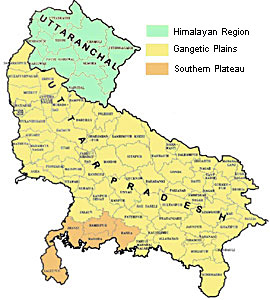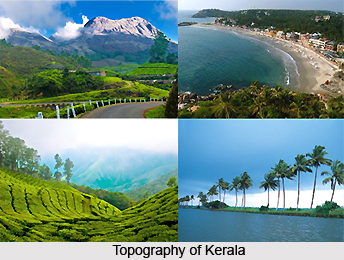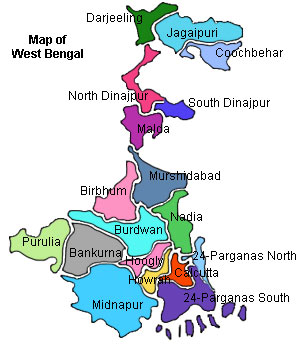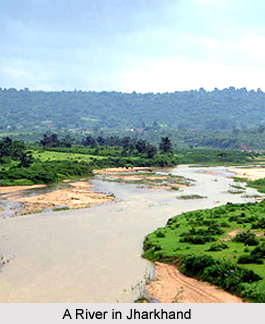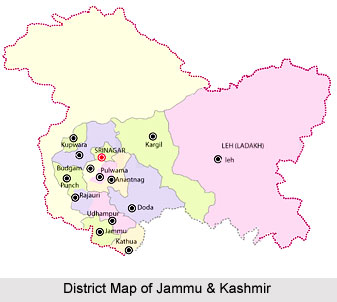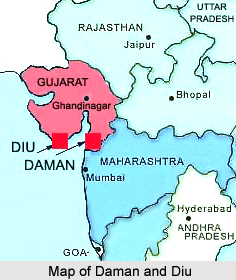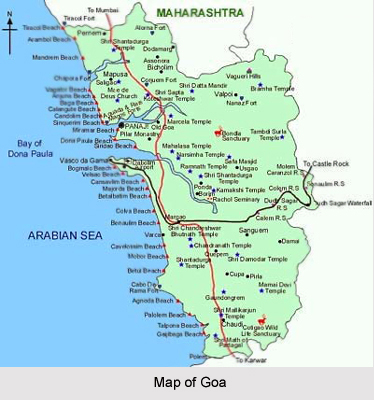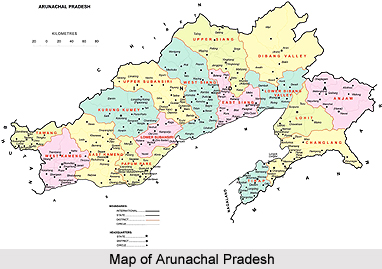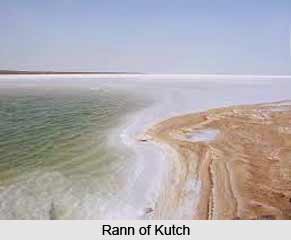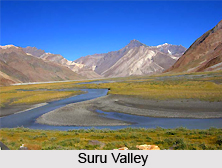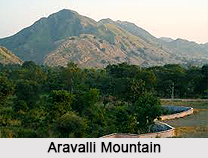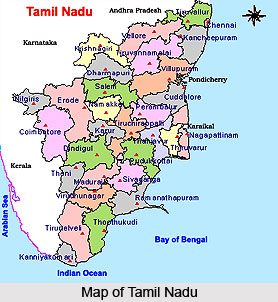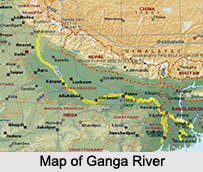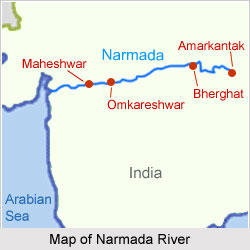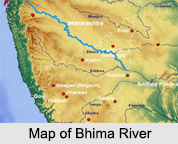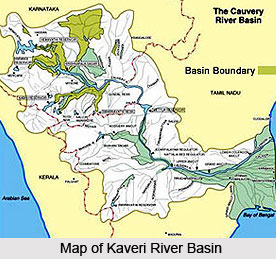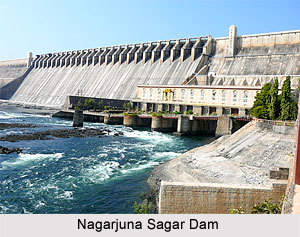 Water Resources in Northern India owes a great deal of its presence and affluence to the numerous water bodies, rivers, estuaries, lakes, dams, and other notable Water Projects of India. Owing to the necessity of the natural water in the northern part of India, water being an inexhaustible natural resource and valuable too, the Central Government has indulged in a major project and series of minor ones to execute in order to make the river Ganga pollution-free because the Ganga is witnessed as one of the holiest rivers ever since ancient times and a source to the water of India. The water of the Ganga River and its tributaries makes the whole of north-India fertile and productive. However the unusable and the polluted water of the towns and industries situated on the banks of this river mingle with the pure water of the Ganga. Again the water is still more polluted as people throw into this river the dead bodies and corpses of animals.
Water Resources in Northern India owes a great deal of its presence and affluence to the numerous water bodies, rivers, estuaries, lakes, dams, and other notable Water Projects of India. Owing to the necessity of the natural water in the northern part of India, water being an inexhaustible natural resource and valuable too, the Central Government has indulged in a major project and series of minor ones to execute in order to make the river Ganga pollution-free because the Ganga is witnessed as one of the holiest rivers ever since ancient times and a source to the water of India. The water of the Ganga River and its tributaries makes the whole of north-India fertile and productive. However the unusable and the polluted water of the towns and industries situated on the banks of this river mingle with the pure water of the Ganga. Again the water is still more polluted as people throw into this river the dead bodies and corpses of animals.
Along with the inland water-bodies a huge amount of water is stored in the form of ice on the mighty peaks of the Himalayan ranges and under the ground. Even one-third of this potential water resource has not yet been developed. India is an agricultural country. Water is essential for agriculture. Our country gets rainfall by the monsoons, but this rainfall is not equally distributed all over the country. Even though the annual average rainfall is satisfactory, it is unequal and uncertain. India is bordered in the northern side by the 2,500- kilometre long Himalayan Mountains. The melting snow and glaciers deftly provide a continuous flow for numerous rivers running south from the Himalayas into the vast Indo-Gangetic Plain, which is dominated by the Ganges River and its tributaries. Heavy rains are typical in the Himalayas during the monsoon months between June and October, causing frequent floods.
This article is a stub. You can enrich by adding more information to it. Send your Write Up to content@indianetzone.com
